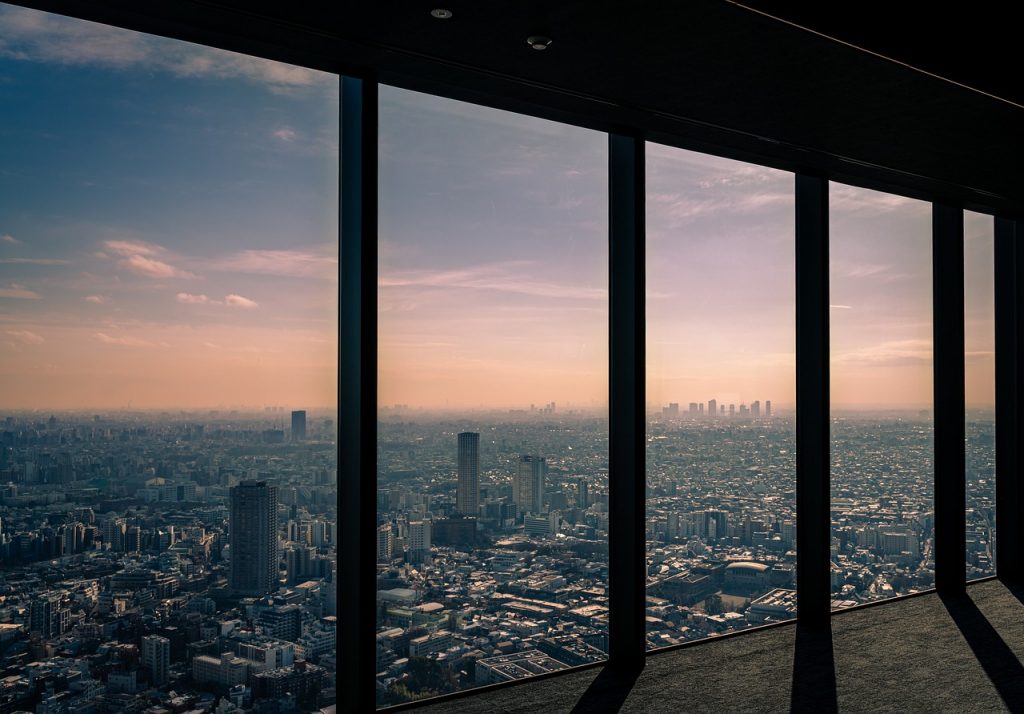
What The Future Of Windows in The U.S. Looks Like? For as long as we have been living with roofs over our heads, we have been finding ingenious ways to improve our living spaces. One of the most important and innovative building technologies was the invention of the window. Created in ancient times, the first windows were crude and inefficient. However, they were incredibly helpful in that, for the first time, people could allow light into their homes.
They are no longer crude holes in the wall or ceiling, simply allowing the wind and the rain in. They are incredibly innovative technologies which allow us to keep wind and rain out, allow light and fresh air in, and help retain heat and make our homes comfortable. Windows are how we look out at the world, and how the world sees us.
However, as technology progresses and both manufacturers and homeowners become more conscious of efficiency, sustainability, and energy conservation, it seems certain that window technology will continue to evolve over time. In order to understand where window and door technology in the U.S. might go next, it is important to take a quick look at how far it has come.
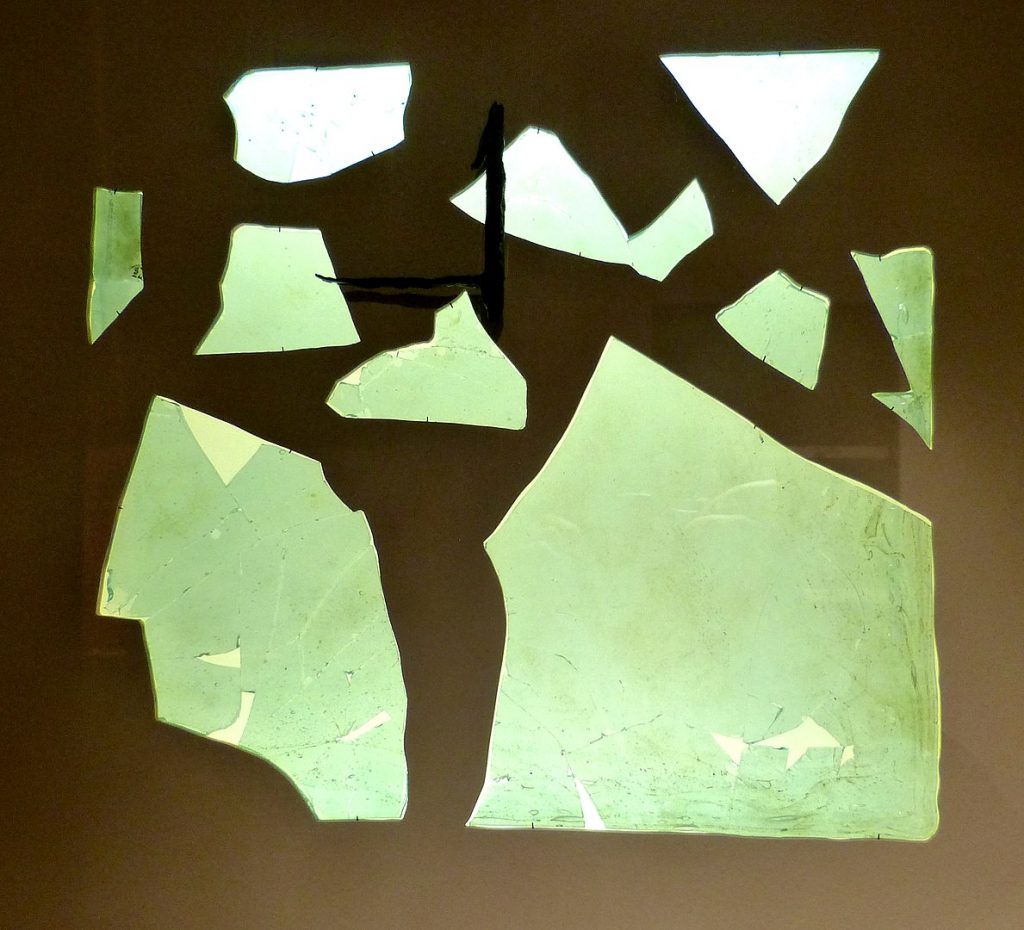
In many ways, the history of modern windows is also the history of modern glass. The oldest evidence we have of glass being used in windows dates back to circa 100 AD, to Egypt, where the Romans were using crude and non-see through slabs of brown glass in their windows.
14th Century: It took almost another millennium for relatively see-through glass to appear in windows across Medieval Europe. Mostly used in churches and in the homes of the rich, glass was still very difficult and expensive to manufacture. As a result, it would not come into widespread use in homes for another few hundred years. Panes of glass were often set in wooden window frames with accompanying mullions.
19th Century: The Industrial Revolution helped to expand the glassmaking techniques which were cropping up around Europe. A basic version of ‘float glass,’ (which would be invented in the following century), appeared in England and began the process of automating glass production. Around this time, the first insulated glazing unit (IGU) was designed. For the first time, glass windows were cheaper and easier to produce and became a standard component of most homes. One of the most famous examples of how glass became quickly seen as a building material was The Crystal Palace, built in 1850 in England.
By the 20th century, fenestration technology had begun to rapidly accelerate. This was due to a combination of advances in technology, cheaper building materials, and a booming construction industry. Though there were numerous innovations within the fenestration industry during the 20th Century, the most important of which were:
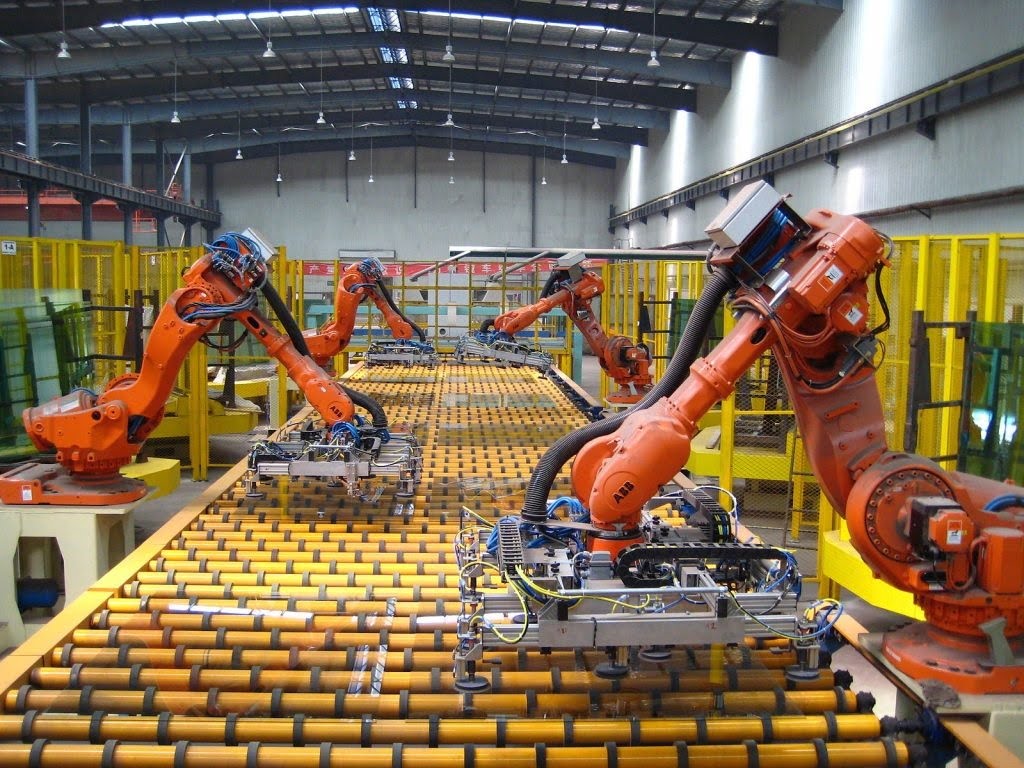
• 1940s: First commercially viable Double- and Triple-Glazed IGUs appear on the market. For the first time, manufacturers have found a way to significantly reduce U-Factors (the rate at which heat is lost through a pane of glass).
• 1950s: Float Glass, arguably the most important innovation within glass technology, is pioneered and perfected in England. The method involved pouring a ribbon of glass on top of a bed of molten tin. There, under its own weight, it flattened and smoothed out into large panels which could then be cut. Float glass is the primary way that much of today’s glass is manufactured. Float glass made larger window sizes possible.
1960-1980s: The first time window coatings began appearing on the market. Glass which had been coated with chemicals in order to limit the amount of natural light and glare entering a home first entered the market. By the 1980s, Low Emissivity (better known Low-E) coatings were developed by spraying microscopically small layers of silver onto the glass. Low-E coatings reflect UV rays (heat) from the sun, making them an excellent choice for those in warm climates. Similarly, in winter, when maintaining a warm interior temperature is important, they will reflect the heat back into the home. Interest in coatings grew out of a concern for rising energy costs.
1990s: Shading systems such as awnings and fins were developed as a way of controlling the amount of solar heat gain and limiting the amount of shade.
In addition to all of this, there have been smaller, but equally important developments within the industry. Each of these have dramatically improved the performance and longevity of the average window and many have become standard today.
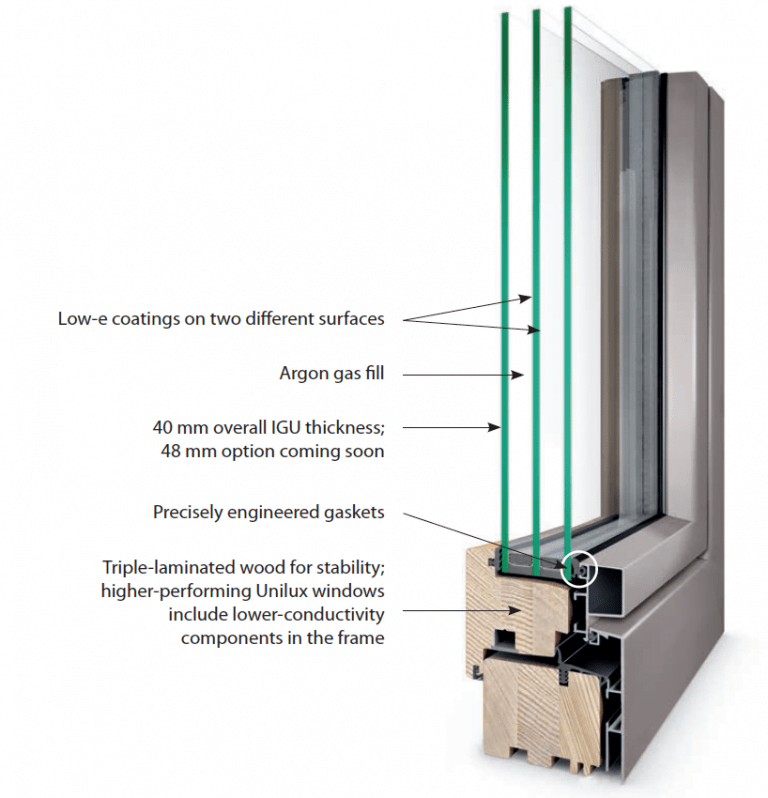
As outlined above, there have been a number of developments which have improved the thermal efficiency of windows and doors. One of the most important has been the development of thermal breaks–a material inserted within the frame which slows down the process of conductive thermal energy loss.
This signified a huge step forward in window and door technology. Equally important as this are Low-E coatings (mentioned above) and triple-glazed units. Each of these technologies work together to produce the most thermally efficient windows.
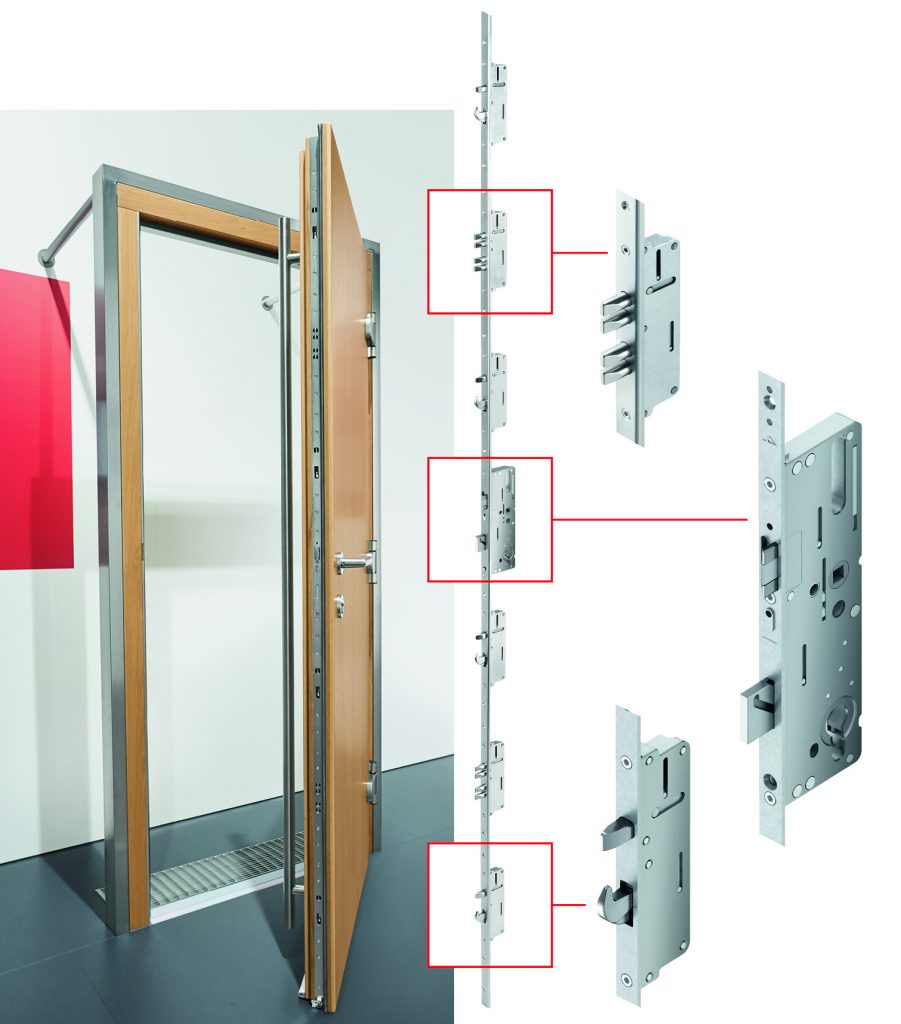
Without a doubt, multi-locking point systems have been one of the most impactful developments within fenestration security.
In combination with anti-burglary fittings and anti-breakthrough glass, multi-locking point systems have become popular and effective ways of helping homeowners ensure their homes are safe and secure.
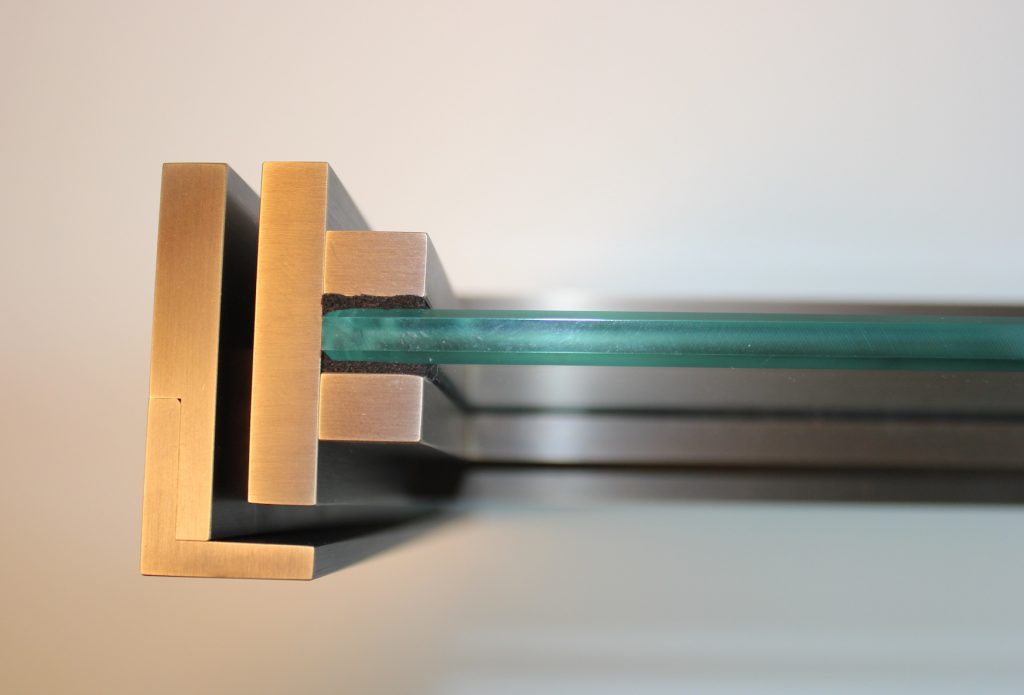
Because sound travels through the air, designers and manufacturers have sought to make window door units as airtight as possible.
With modern technology, it’s possible to make windows as soundproof as a 12 foot concrete wall. It is important that the IGU is configured and installed correctly to ensure maximum soundproofing.
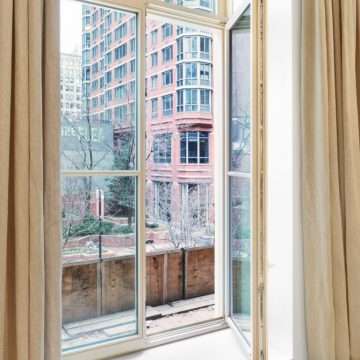
Historically, windows had to be cleaned from the outside. This can be dangerous to do. This is particularly true of windows on commercial buildings which often reached considerable heights.
Cleaning these is dangerous and often expensive. Contemporary window styles such as tilt and turn windows open inward. As a result, this means that they can be safely cleaned from the inside.
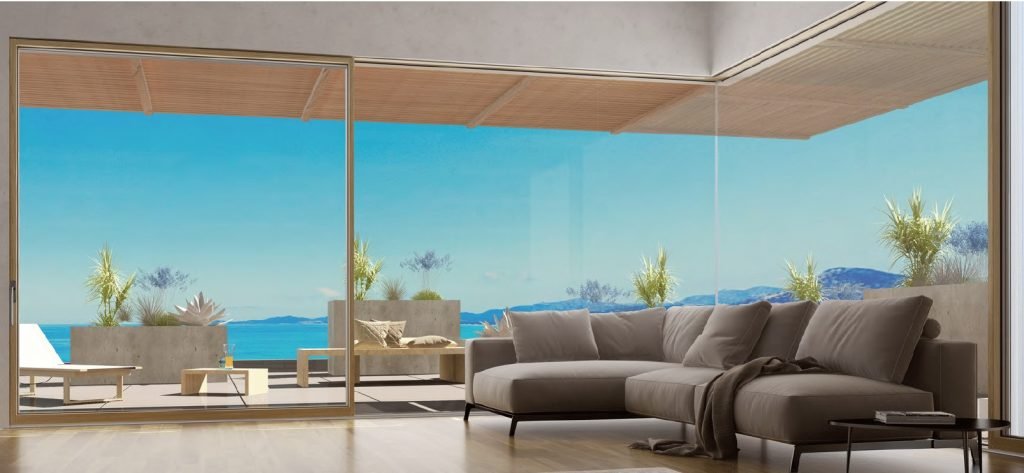
Many of the major advances in window technology were borne out of necessity–specifically the need to make windows more efficient and more easily available for consumers. This was particularly true in Europe, where much of the innovation occurred, and where energy costs are higher. Higher energy costs means that the average homeowner in Europe is forced to take more of an interest in the performance of his or her windows’ efficiency than their average American counterparts.
Take Germany, for example. With regards to energy consumption, Germans are allowed to use a certain amount of energy at a fixed price. After using this, the price rises significantly. This is the case in many other regions, too. Here in the US, 40% of energy consumption is spent heating and cooling homes.As a result, more efficient windows represent the best line of defense against this. By investing in more efficient, longer-lasting windows, homeowners can hope to keep their energy bills to a minimum. Similarly, some governments and municipalities have even started to offer incentives such as grants and tax breaks to individuals who choose to invest in solar panels or more efficient and eco-friendly windows.
As the new administration here in the U.S. turns its attention towards greener and more sustainable forms of energy, it is not entirely unlikely that higher demands are made on windows manufactured in the U.S. As this article in Forbes (“Why Homeowners Should Install Triple-Glazed Windows Their Home”) points out, just 2% of American homeowners opted for triple-glazed windows in 2016. With tech companies continuing to ‘disrupt’ everyday technologies, there is even a potential further down the line. Innovations such as for ‘smart’ glass and windows or even electrochromic glass which utilizes the energy which passes through it may become standard.
Regardless, more and more American homeowners are seeing the value in investing in more efficient windows for their homes. Here at Open AWD, we believe this is a trend which is going to continue to grow year over year.